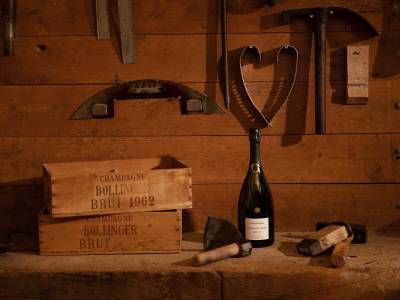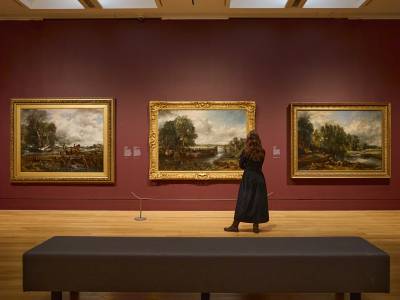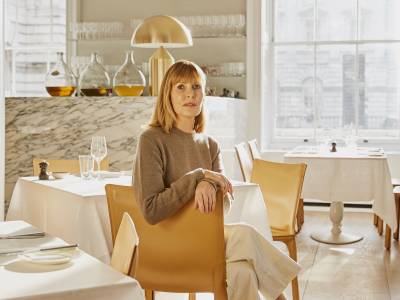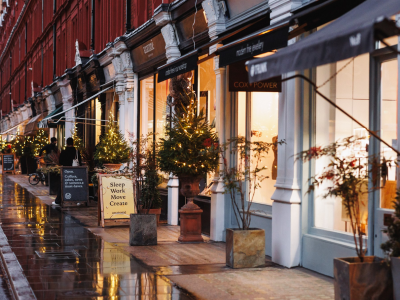When Lily Bollinger took over the Champagne House that still bears her name, during the Second World War, almost everybody had a cooper. These were the men (they were always men) who made the barrels, planing the oak staves and manipulating them into the correct curve using heat and metal hoops, which were tapped skilfully into place. The second fermentation of Champagne, the one that makes it fizz, must take place in the bottle; but first, the grape juice needs to ferment into wine, and until the invention of stainless steel tanks, that required barrels.
Why Champagne Bollinger uses Aged Oak Barrels
27th August 2025
The great House of Champagne Bollinger has a secret ingredient: carefully tended aged oak barrels that shape its unmistakable depth and character. Vive la tradition!

By the time Lily died, in 1977, stainless steel was taking over, and today hers is the only House with its own cooper. Gaël Chaunut repairs around 350 barrels a year — a key part of the company’s sustainability commitment. Until recently, his job didn’t require making any from scratch, because Champagne Bollinger isn’t interested in the brash notes that new wood brings. Its barrels come from Burgundy, where they have been used for Chardonnay for at least four years.
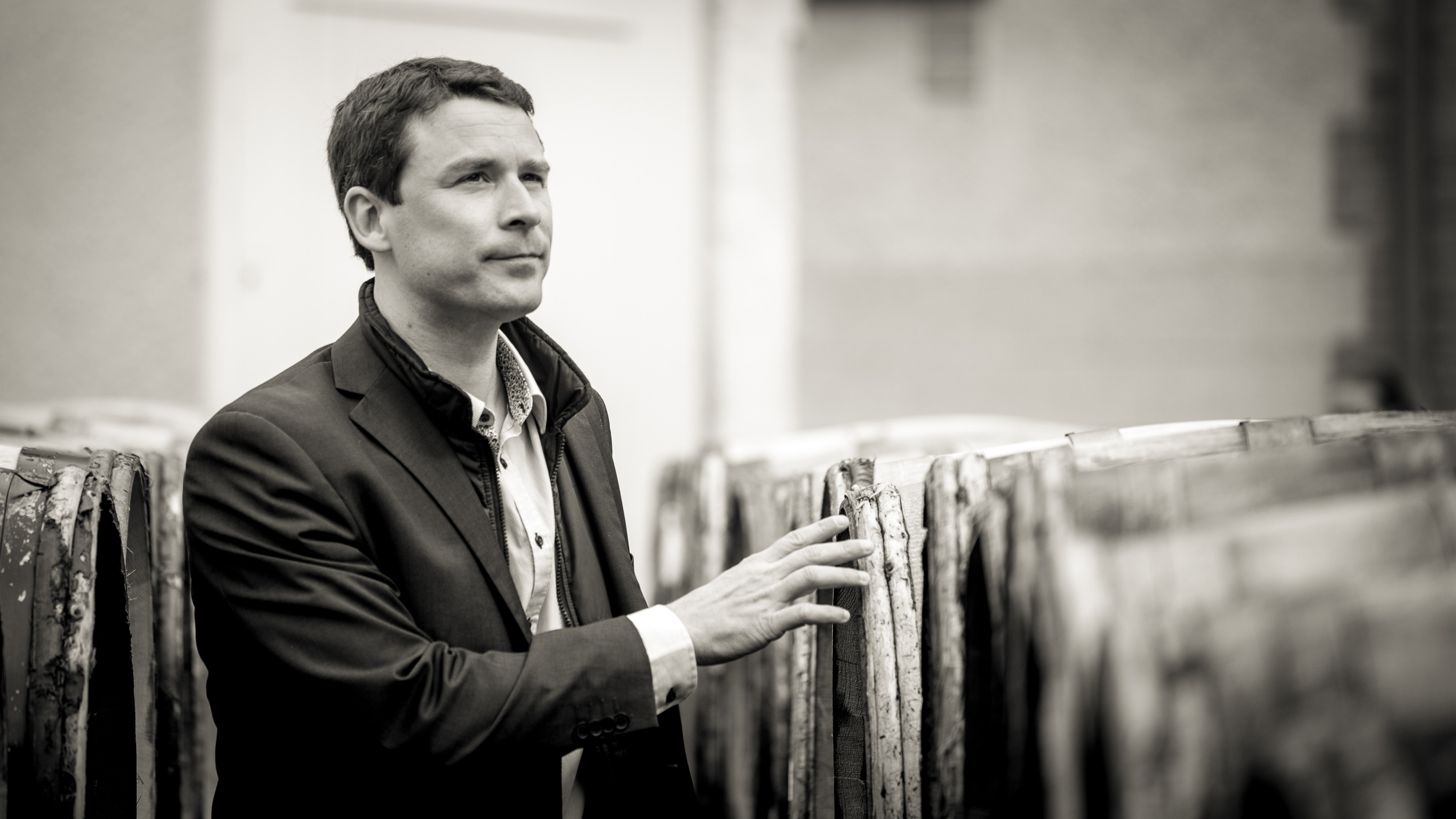
Oak allows minute quantities of oxygen to interact with the wine, “which gives particular flavours of spice, vanilla, cloves and ripe fruit,” says Cellar Master Denis Bunner. The House owns around 4,200 barrels of different sizes, which they use for all their vintage Champagnes and part of their Special Cuvée. Each individual parcel of vines has its own barrels, “so we retain that link with the terroir.” The wine then rests on the lees — the remains of the fermenting yeasts — for six months, which brings richness and aromatic complexity. What’s amazing, says Bunner, is the way the different parcels evolve differently in the barrel: each village has its own personality. “Some are better in bigger barrels; others in smaller ones. The cooper and winemaker work together for the best result: every detail is important.”
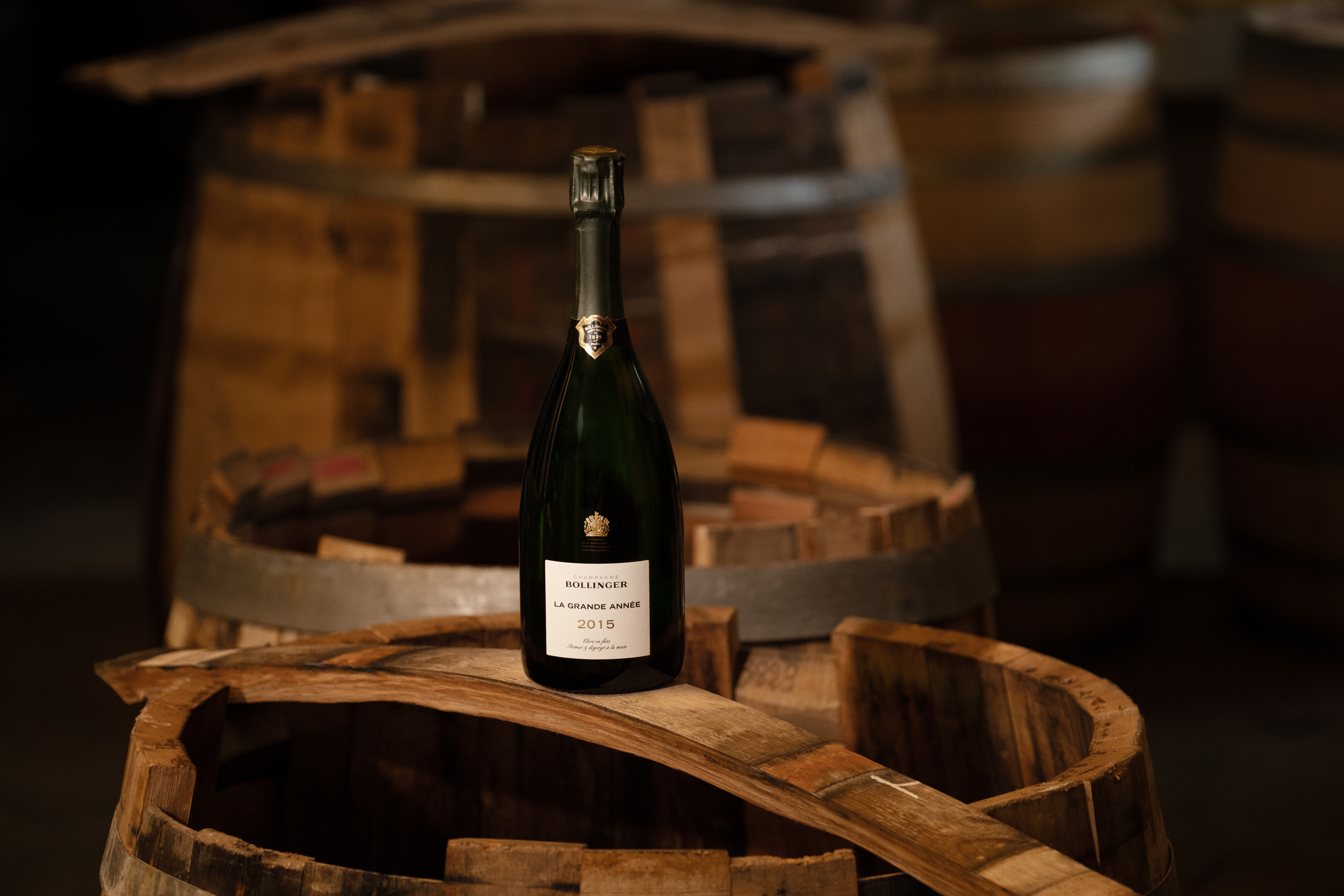
Their oldest barrels, known as vieux garçons, are around 100 years old; their longevity is due to Chaunut’s skilful work replacing worn-out staves. Champagne Bollinger also owns and manages 500ha of forest, and is now making a very few barrels of its own, but using both methods and tools from a century ago. “We want to make these traditions live again,” says Bunner. The trees could give a few tips: they are 120 years old. Bunner gets why so many winemakers have swapped oak for easier-to-use cement or stainless steel. “Wood is very demanding; the grapes must be the highest quality, or the wine won’t be successful.”
The barrel is like a magnifying glass: it amplifies both faults and qualities. And since great Champagne is a luxury product, focused on quality, “this particular tradition is becoming very modern!” Bollinger’s most recent release is La Grande Année 2015, champagne-bollinger.com/en
